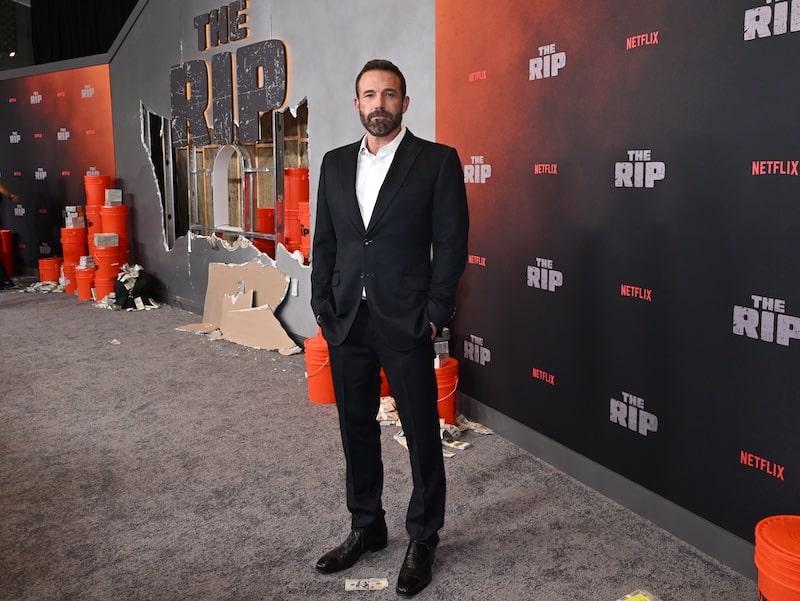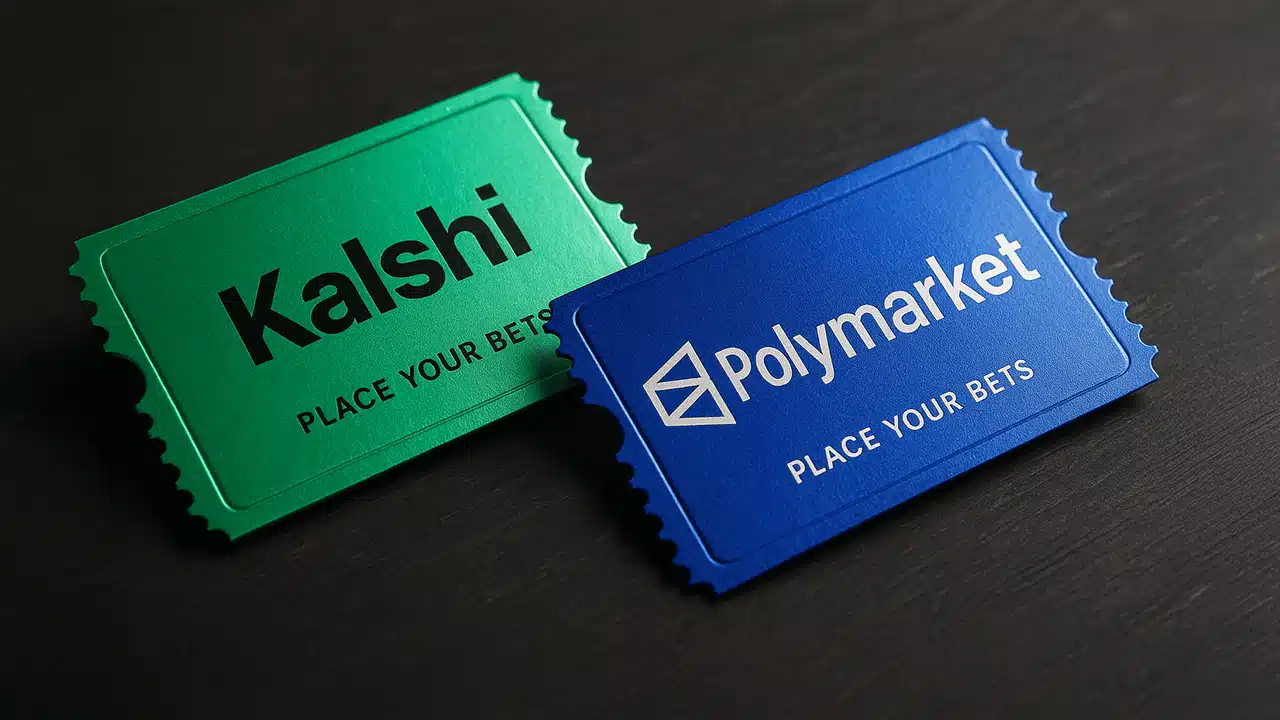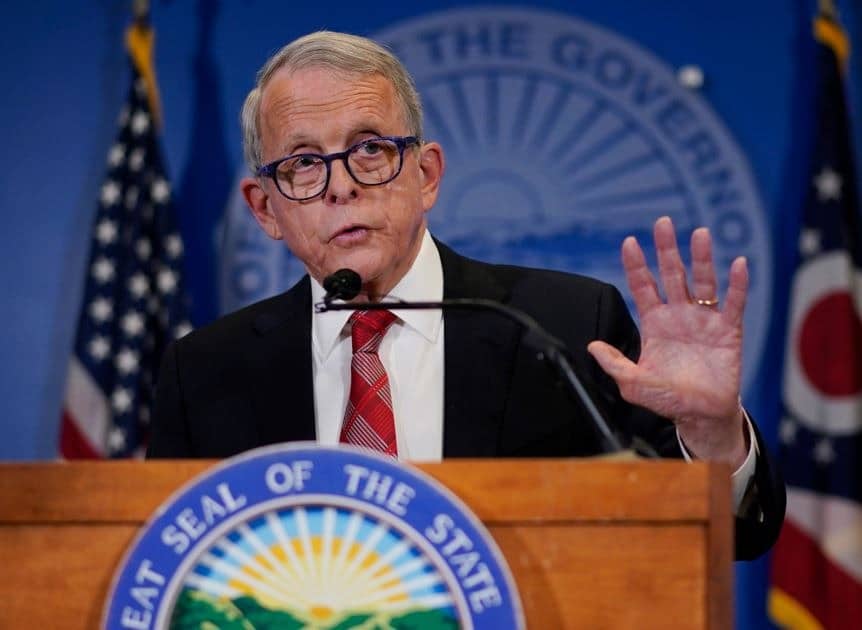
From teamsters to titans

In Downtown Las Vegas, on the site of the old Federal Court House and Post Office, sits the National Museum of Organized Crime and Law Enforcement; better known as The Mob Museum.
The museum highlights the influence of organized crime in the early days of Las Vegas and explores its legacy. Most interesting for today is the development and ownership of Las Vegas’ iconic casinos.
A family affair
From the opening of The Strip’s Flamingo in 1946 until Boyd Gaming’s enforced operational control of The Stardust in 1984, various “families” held both declared and undeclared interests in Las Vegas’ Strip casinos. Much of this was enabled thanks to the loans provided by Teamsters Central States Pension Fund for casino construction, at a time when there was little commercial lending for casino development.
Nate and Jerome Mack, and E. Parry Thomas facilitated much of the financing through The Bank of Las Vegas and latterly, The Valley Bank of Nevada, which was a pivotal catalyst for Las Vegas’ development. Over time, many of the loans sanctioned by Jimmy Hoffa were repaid with millions of dollars of accrued interest, proving excellent investments for the Union Pension Fund. This allowed many Teamsters members a comfortable retirement, which was ironically a benefit that was not afforded to some of those that sanctioned them.
Legitimate finance came to town with the Corporate Gaming Acts of 1967 and 1969, led by Howard Hughes and Kirk Kerkorian, providing lawful exits to investments made by Dalitz, Lansky and their colleagues that took the early risk in building casino resorts. This change allowed Las Vegas to shake off its shady image and proved both convenient and fruitful investment for both sellers and buyers.
Raising the stakes: Capital markets discover casinos
As the 1,000-room casino resorts became the norm, the costs to build these palaces exceeded the capabilities of local finance.
Kerkorian, owner of Western Airlines and MGM Studios, financed his International Leisure Corp. via a variety of international funding tools, which were exposed to the volatility of the currency and financial markets of the time. The properties were performing, but the currency swings induced the sale of his Las Vegas hotel assets to Hilton in 1970, less than two years after opening. Undeterred, he returned to Las Vegas, opening The MGM Grand (now Bally’s) in 1973, again using commercial finance to fund the $106m resort. The Perlmans had leveraged Lum’s to acquire Caesars Palace, which they operated very profitably, but attempts to raise commercial finance for other ventures proved mixed.
In 1973, Meshulam Riklis acquired the Riviera Casino using his favorite financing tool ― the high interest-bearing bond. He expanded the Riviera before it was forced into bankruptcy a decade later, arguably as a consequence of developments on the other side of the country.
Atlantic City became the second US jurisdiction to permit legal gambling, with the aim of rejuvenating the flagging Boardwalk. The first bets were placed at Resorts Casino in 1978 and within a short period, Atlantic City surpassed Las Vegas as the US gaming capital, in terms of revenue (which was to be the case until 1999).
Atlantic City saw the majority of casino development in the 1980s. The best known operators were Donald Trump (then just a New York developer with an appetitive for financial leverage), the Las Vegas giants Caesars World and a virtually unknown Downtown Las Vegas operator, who gained exposure with his light-hearted celebrity advertisements, named Steve Wynn.
Later, in the 1990s, business builder Arthur Goldberg led Bally’s manufacturing to become a diverse business, which included theme parks, gyms and casinos, via continual acquisitions and disposals. Hilton acquired Goldberg’s Bally’s, before shortly separating the casino business to form Park Place Entertainment ― a move led by Goldberg. Park Place became the originator for corporate gaming acquisition; at the time of Goldberg’s passing in 2000 at the age of 58, it was the largest casino company in the US. Park Place was eventually acquired by Harrah’s, but by 2015 it gave up the fight and finally filed for bankruptcy with $24bn of debt. Trump’s leveraged model had already filed for bankruptcy four times; in 1991, 2004, 2009 and 2014.
Revisiting the merits of the capital structure developed by Riklis, Michel Milken and Steve Wynn financed the construction of the Golden Nugget’s towers in Las Vegas, Golden Nugget in Atlantic City and ultimately, The Mirage, with bonds, to investor acclaim and financial success. Circus Circus Enterprises, the Las Vegas-based operator, built Excalibur with cash on the balance sheet.
The successes of Mirage Resorts and Circus Circus ― both publicly-traded entities ― alerted broader capital markets to the financial appeal of casinos. With leadership that was less backroom and more boardroom, the institutional financial taps loosened, leading to rapid growth throughout the 90s.
Outside Atlantic City and Las Vegas, tribal gaming also proliferated in the 90s. However, commercial lending to Native Americans was not as forthcoming. When the Mashantucket Pequot Tribal Nation built Foxwoods in Connecticut, opening in 1992, the resort was financed by Malaysia’s Lim Family, owners of Genting Highlands.
It was joined in 1996 by Mohegan Sun, financed in part by Sol Kerzner, the South African developer. After many years of success and expansion, by the time of the 2008 financial crisis, both ventures had accrued significant commercial debt. Meeting their obligations became challenging. Unlike commercial businesses, the US recognizes Native American tribes as sovereign, thus outside federal jurisdiction. Therefore, tribal ventures cannot issue public equity, sell tribal assets to commercial businesses, get sued or even file for bankruptcy, even in the case of default. Restructuring the non-performing tribal debt post-crisis was therefore challenging for Native American casinos and an anathema to many lenders.
With high barriers to entry and irregular, unproven and volatile cash flows, financing casinos was not always a safe bet.
Real-estate investment trusts
With the exception of liberating Europe and ending tyranny for millions, real-estate investment trusts (REITs) are perhaps Dwight D. Eisenhower’s most enduring legacy. The REIT Act (which was an amendment to the Cigar Excise Tax Extension of 1960) has been the bedrock of the US real-estate industry for decades.
The characteristics of REITs make them a highly advantageous investment for those wishing to invest in the asset class, without physically investing in bricks and mortar.
The REIT Act exempts companies whose sole act is holding real estate from paying corporate income tax if income is distributed as dividends to shareholders. As income must be distributed pre-tax, this has historically led to above average dividend distributions than conventional stocks, and has therefore been more desirable to investors seeking predictable cash returns. It is the most tax-efficient method to invest in property, and unlike holding direct real estate, it offers liquidity and flexible exposure for both small and large investors.
Outside telecommunications and data-storage-focused companies, the two largest US REITS are Prologis ― the logistics and warehousing giant ― and Simon Property Group. The latter has relevancy in Las Vegas as the owner of both North and South Outlets, the upscale Crystals at City Center and the lucrative Forum shops, which redefined Las Vegas as a shopping destination. Shopping, not gaming, is the number one activity undertaken by Las Vegas visitors, and Simon has been the enabler and main beneficiary of this trend.
A REITing of minds?
It seems so obvious now.
With a background in commercial real-estate finance, I was visiting a faculty at The University College of Estate Management in 2011, when I began researching Las Vegas casinos. At this time, I advocated for casino resorts to investigate separating into opco propco structures; the propco element being a REIT.
My argument was based on cost of money to the (then indebted) operators and the inefficiencies of gaming companies’ capital structures. Take a look at long-term notes – the gaming companies were issuing these at above 6% (some significantly more so), thus further burdening their debt/equity ratios and restricting free cash flow.
Caesars was under water, due to the debt pile. MGM Resorts also had repayment struggles. REIT structures were not suitable to Las Vegas Sands and Wynn Resorts, who operated out of single assets in Las Vegas and internationally. But the aforementioned giants, plus Penn National, Pinnacle Entertainment and Ameristar, had large, geographically diverse, national property footprints, holding the value of their real estate on their balance sheets. This was the ideal foundation for a sale and leaseback or even setting up a casino REIT should the companies wish to retain some aspect of ownership.
The sample illustration below highlights the bottom-line difference in capital structures:
Snapshot Scenarios (indicative for illustration purposes):
|
||||
|
||||
As we see by the crude example above, by setting up an associated REIT alongside a casino operations company, there are obvious benefits to the bottom line. In the illustration, the REIT would acquire the real estate from the gaming companies, which is then used to reduce debt, distribute cash to shareholders or just boost the balance sheet. The gaming operator pays annual rent to the REIT, which holds the assets on better commercial financing terms and without tax liability on the distribution faced by traditional gaming companies.
Gaming REITs in Action
The first commercial casino company to act was Penn National, novating its assets into the Gaming and Leisure Properties Inc. (GLPI) REIT in 2013. With the added firepower and support of GLPI, by 2018 Penn National was able to launch a $2.8bn bid for its main rival, Pinnacle, which had previously embarked on its own growth strategy by acquiring Ameristar in 2013. From the seed of 21 Penn National properties, GLPI now owns more than 45 properties with a market cap of more than $10bn; 2.5x that of Penn National, which itself traded at 3x that at the time of selling its real assets.
Despite initial skepticism of this structure, MGM Resorts co-founded MGM Growth Properties in 2015 and shortly after, MGMGP acquired a portfolio from MGM on a sale and leaseback basis.
More recently, MGMGP and Blackstone’s REIT have partnered to acquire other MGM Resorts properties that had yet to be sold, namely The MGM Grand and The Bellagio, for a total of nearly $7bn. This denotes two of the largest, single-asset transactions in the history of global real estate. From nothing, MGMGP now has a market cap of more than $10bn. In the same period, MGM’s ordinary stock has risen by more than 50%.
With a slightly different pretext, Caesars emerged from bankruptcy in 2017 with Caesars Entertainment Corporation as an operating company and VICI as a REIT, owning properties leased to Caesars to manage.
VICI has been more ambitious, further investing in casinos outside the Caesars portfolio, acquiring Margaritaville and Greektown, both leased to Penn, and owns casinos operated by Jack Entertainment and Hard Rock International; all competitors to Caesars Entertainment. This new structure is perhaps the enabler for the most ambitious casino deal in history; Eldorado Resorts’ planned acquisition of Caesars Entertainment for $17.3bn. The role of VICI is crucial in this move, acquiring properties from Eldorado to fund the transaction.
Arthur Goldberg would certainly have enjoyed working in this environment.
Tomorrow’s titans
Each year, MBA students from Cass Business School come to Las Vegas; I have been running the trip since 2011. The Business School is focused on finance and strategy, and the students come here to study the evolution of the city as a case study, meeting representatives of the main resorts and other key figures.
In 2019, the first stop was The Mob Museum. It was noted the early mobsters were predominantly immigrant Jewish people and Italians, and were sophisticated, in terms of finance and customer psychology. Their career choice was a reflection of that time. They were denied openings because of their ethnic backgrounds and lacked the opportunities to acquire the requisite education and qualifications to be able to join established industries, such as law and banking.
It is undoubted that if they were around today, Meyer Lansky, Moe Dalitz and Hoffa would not be associated with organized crime, and instead would be giants of Wall Street or titans of business, such was their ambition, leadership and understanding of business. Estes Kefauver, who was the running-mate to Adlai Stevenson when he lost to Eisenhower in the 1952 Presidential Election and led the charge against organized crime, would be speechless to see how the industry has evolved.
Today, casino management and leadership has professionalized to the degree that the only industry associations with unlawful activity is a part of the nation’s history, fit only as an attraction for tourists. Casinos and gaming properties are recognized as a proven and desirable asset class and a good bet for institutional investors to meet the needs of the entire nation’s pensions, not just those of the teamsters.
Oliver Lovat leads the Denstone Group, which offers strategic advice and consultancy on customer-facing, asset-backed investment and development, with a focus on casino resorts. He is a Fellow of the Royal Institution of Chartered Surveyors and visiting faculty at Cass Business School in London.
Tags/Keywords
Players trust our reporting due to our commitment to unbiased and professional evaluations of the iGaming sector. We track hundreds of platforms and industry updates daily to ensure our news feed and leaderboards reflect the most recent market shifts. With nearly two decades of experience within iGaming, our team provides a wealth of expert knowledge. This long-standing expertise enables us to deliver thorough, reliable news and guidance to our readers.






